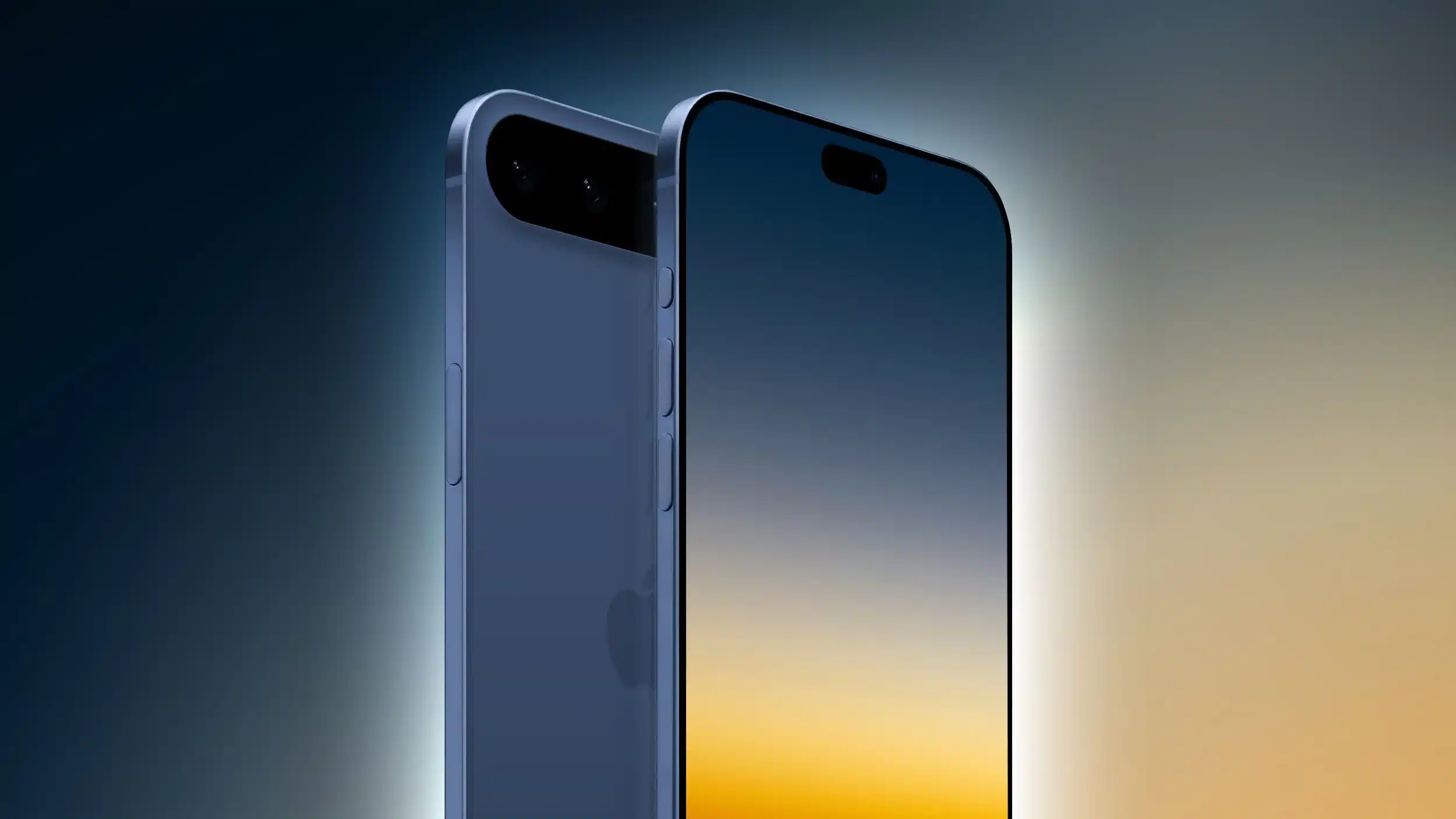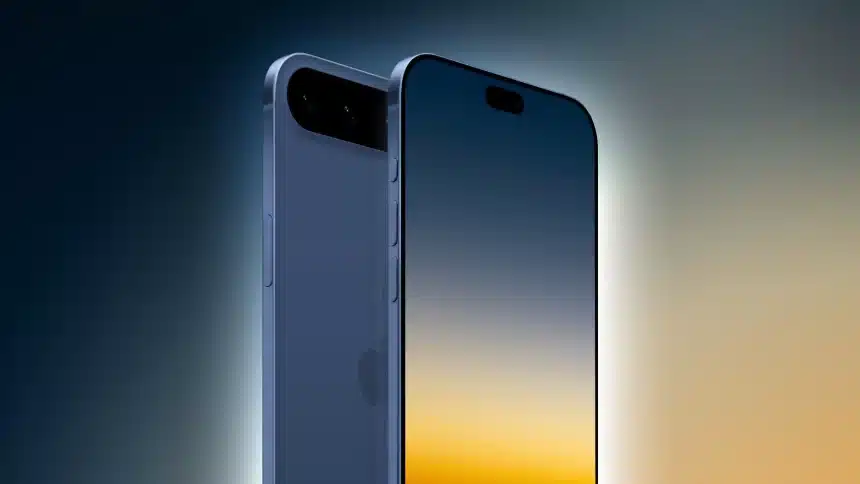Apple’s upcoming iPhone 17 Slim is set to push the boundaries of smartphone design, but the ultra-thin profile creates major challenges for the supply chain. The iPhone 17 Slim is expected to launch in the fall of 2025 as part of Apple’s next-generation flagship lineup. Reports suggest that assembly partners are already facing difficulties during the New Product Introduction (NPI) phase.
The NPI phase marks the early steps where manufacturers test Apple’s design to identify and solve production issues. According to supply chain sources, this process is running slightly behind schedule compared to other iPhone 17 models, hinting at the device’s complex specifications.

Ultra-Thin Design Creates Space Constraints
Apple’s goal of creating its slimmest iPhone yet—around 6 millimeters thick—has triggered significant design challenges. The reduced space limits how components, such as batteries, fit into the device. Reports indicate Apple may eliminate the physical SIM tray entirely, relying solely on eSIM technology.
Additionally, the thin design complicates battery engineering. Apple engineers are reportedly working to develop thinner batteries with sufficient capacity and durability. However, this new battery technology may not be ready until 2025, further increasing production pressure.
Radical Camera Redesign on the Horizon
To accommodate the thin form factor, Apple is exploring a horizontal bar design for the rear camera system. This layout, rumored to house multiple lenses, raises concerns about capturing Spatial Video—a feature requiring precise sensor placement. Analysts question how Apple will balance these changes while preserving camera quality.
Challenges for the Supply Chain
Apple’s suppliers face the enormous task of producing a device with minimal internal volume. Components like the display, A19 chip, and 8GB of RAM must fit seamlessly into the ultra-thin frame. Supply chain experts warn that Apple’s ambitious timeline leaves little room for error.
Despite the challenges, Apple continues to push the limits of smartphone design. The iPhone 17 Slim reflects the company’s commitment to innovation, but success will depend on overcoming these engineering and supply chain hurdles.












